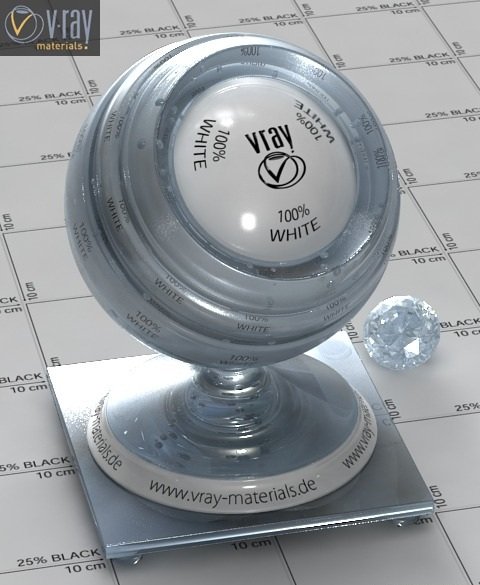
Since they all use the same palette it should be as simple as importing the 2 models and then exporting again as 1.įor this I’m gonna point you towards a blog I wrote on this very subject - probably the only one you didn’t try so far Sketchfab Community Blog – 30 Mar 17 If this ends up being true, simply export the model twice - once with just the snail body, and once with the rest, then combine the models in any 3D editor. Job doneįrom reading your first post I can see that this might cause an issue with the shared internal faces used between the parasite and snail body. Also worth saying that when working with Transparency you’ll want to change the Face Rendering on the material to ‘Single Sided’ as well. You can then upload your model with both textures, and assign this to the Opacity channel of your material.
#3d coat export texture transparent background trial#
The darker the grey you use, the more transparent your snail will be - this might take some trial and error. Find the colour on the texture you used for the body of your snail and replace it with a Dark Grey, then fill the rest of the image with White.

Simply make a copy of your palette texture and open it in whatever image editor you like. Since the OBJ export in MagicaVoxel uses a palette texture to handle colours, we can use that to create a quick Transparency texture. I got that to work and look how I wanted it to.įor our purposes, the best way to think of Transparency is just a Greyscale image that determines how transparent parts of our model will be. There’s nothing about transparency in this tutorial, so I went to YouTube and watched two videos on making transparent textures in Blender 2.8. I’m not “baking” any faces into my model, I have textures. I did not bake the model (again, not at this point) because I didn’t think it applied to my model. I imported into Voxelshop to reduce the polycount and exported each of the three pieces as. I split my model into three parts (could have been two), the shell and parasites, the middle and eyestalks, and the little outline and “whiskers”, along with their corresponding palettes. Method 2: I then followed this tutorial - Sketchfab Community Blog - Tutorial: Creating a 3D Star Wars scene in voxels using MagicaVoxel, Blender and VoxelShop. I did modify the model but soon found out I’d have to modify the parasite to a point that would defeat the purpose of making the parasite as big as it was. Method 1: I followed this guide - Sketchfab Community Blog - A complete guide to importing from MagicaVoxel to Sketchfab and, as mentioned in the tutorial, since some voxels are sharing the same face there are visible “holes” in the model.


The green, red, and yellow parts make up the parasites. This allows more fidelity between the appearance of the asset in 3DCoat’s viewport and the game engine’s viewport, once exported.This is a zombie snail. Render. Render turntables improved essentially - better quality, convenient options set, possibility to render turntables with high resolution even if the screen resolution is lower.ĪCES Tone Mapping. ACES tone mapping introduced, which is a standard Tone Mapping feature in popular game engines. The quality of auto-mapping improved substantially, much fewer islands created, much lower length of seams, better fitting over the texture. It leads to more accurate unwrapping of assembled hard-surface objects. Hexadecimal color string (#RRGGBB), possibility to edit color in hex form or just enter color name.Īuto UV Mapping. Each topologically connective object now unwrapped separately in its own, best suitable local space. Power Smooth tool was added. it is a Super-powerful, valence/density independent, screen-based color smoothing tool.


 0 kommentar(er)
0 kommentar(er)
